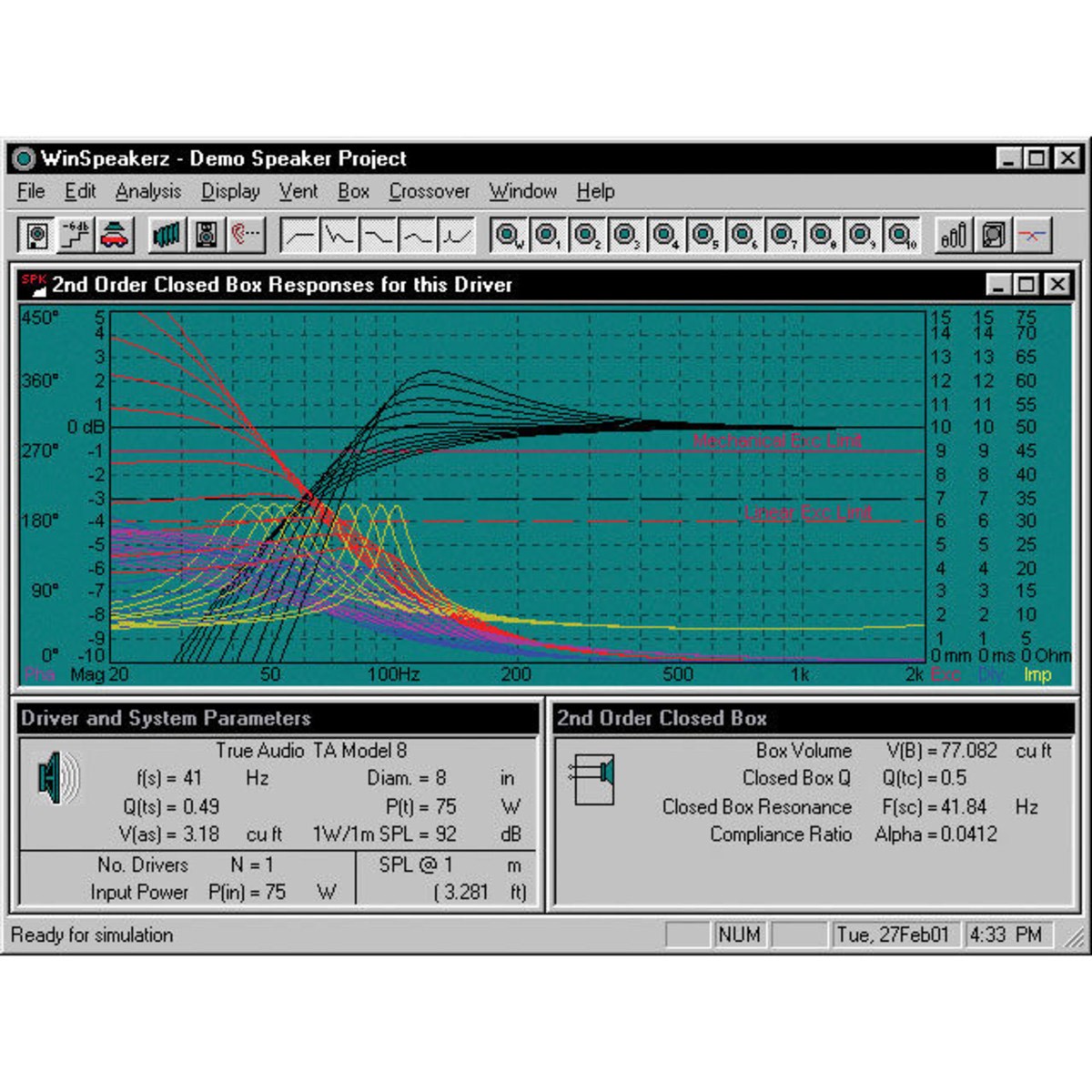

The isobaric loading method involves the pairing of two woofers into a tightly coupled “iso-pair”.
Opensource speaker enclosure design drivers#
With the as-418 the use of two pairs of isobaric dual 18-inch drivers provides response down to 22 Hz with better definition and more power handling in a smaller box than most dual 18 inch enclosures on the market. In the VUE al-4SB the use of dual 15-inch divers in a isobaric configuration enables of a very small enclosure (required to match the array footprint of the subcompact al-4 line array system, while providing response down to 45 Hz and twice the power handing of a similar sized single 15 inch system. VUE has developed a growing range of isobaric based subwoofers that provide provide exceptional low frequency response form a relatively small enclosure using compound designs for applications where low frequency bandwidth and more accurate bass is more important than lots of pure output and size. And while the benefits of isobaric technology are many, design complexities and the costs associated with increased woofer counts and power requirements have limited its wide spread deployment in favor of more traditional and less complex approaches. Olson, the potential for isobaric loading to extract low frequency performance from a relatively compact footprint is well known. Typical HiFi cone-to-magnet isobaric subwooferĭeveloped in the 1950’s by respected acoustic engineer Harry F. This design results in higher power handling, lower distortion, lower group delay, and requires half the enclosure volume for a given low frequency cut off as compared to a single non-isobaric vented design.Īs with all isobaric designs the drivers must operate in phase with each other, so in a cone to cone vented design each of the driver’s electrical drive signal is reversed to compensate for the reversed acoustic output. There are three basic types of isobaric designs:Īll three basic types can have many variations including venting the rear chamber, loading the front into a bandpass chamber, to date VUE has employed the cone to cone isobaric type with a vented rear chamber. This will in effect make all your speaker enclosures half as big as they would normally be for any particular driver.
Opensource speaker enclosure design driver#
The modeling for a true isobaric design is essentiality identical to that of standard vented box only you would divide in half the Vas of the driver – the isobaric pair is in effect acting as a single motor with twice the magnetic circuit and moving mass. In the theoretical ideal the air chamber between the drivers should be small enough to virtually be incompressible – the diaphragms would act closely coupled, almost as if coupled together by a lightweight rod. Isobaric loudspeaker enclosure configuration refers to systems with two identical transducers operating simultaneously with a common enclosed air adjoining one side of each transducers diaphragm.

Mike Adams early VUE ACM and Isobaric Design Meeting


 0 kommentar(er)
0 kommentar(er)
